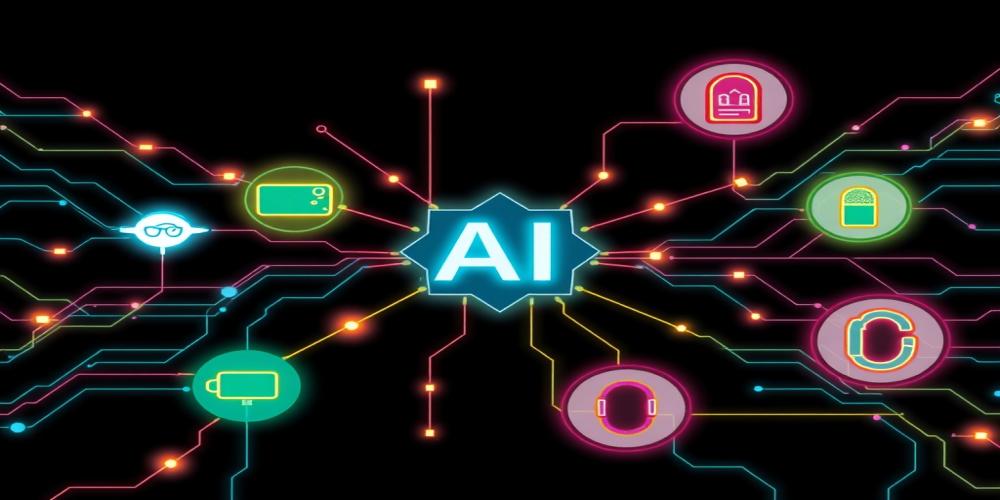Understanding Transfer Learning in AI for Personal Use Cases
Introduction to Transfer Learning
Transfer learning is a powerful technique in artificial intelligence (AI) where a model trained on one task is repurposed or adapted for a different but related task. Instead of building a model from scratch, you leverage the knowledge gained from a pre-trained model, saving time and computational resources. This approach has become increasingly popular in personal AI applications, enabling individuals to implement advanced machine learning solutions without requiring deep technical expertise.
How Transfer Learning Works
At its core, transfer learning involves taking a pre-trained model—often trained on massive datasets like ImageNet for image recognition—and fine-tuning it for a specific use case. For example, you might take a model trained to recognize animals and adapt it to identify specific types of plants in your garden. The idea is to reuse the learned features (such as edges, textures, or patterns) and apply them to a new but related problem.
Key Steps in Transfer Learning
- Select a Pre-trained Model: Choose a model that has been trained on a large dataset relevant to your task.
- Freeze Layers: Keep the initial layers (which capture general features) unchanged.
- Add Custom Layers: Introduce new layers tailored to your specific task.
- Fine-tune: Retrain the model on your smaller, task-specific dataset.
Personal Use Cases for Transfer Learning
Transfer learning opens up a world of possibilities for personal AI projects. Here are some practical applications:
1. Personalized Image Recognition
Want to create a system that recognizes your pets or family members in photos? Transfer learning allows you to fine-tune an image classification model to identify specific objects or people in your personal photo library.
2. Custom Voice Assistants
By leveraging pre-trained speech recognition models, you can build a voice assistant tailored to your accent or specific commands, making it more accurate for your needs.
3. Home Automation
Use transfer learning to train a model that recognizes sounds or activities in your home—like detecting the sound of a doorbell or a baby crying—and triggers automated responses.
4. Health and Fitness Tracking
Adapt existing models to analyze your workout routines, posture, or even sleep patterns using data from wearable devices.
Benefits of Transfer Learning for Personal Projects
Transfer learning offers several advantages for personal AI use cases:
- Reduced Training Time: No need to train a model from scratch, saving hours or even days of computation.
- Lower Resource Requirements: Works well with smaller datasets, making it accessible for individuals.
- Improved Accuracy: Leverages pre-trained features, often leading to better performance than starting from zero.
Getting Started with Transfer Learning
To begin with transfer learning, you can explore platforms like TensorFlow Hub, Hugging Face, or PyTorch Hub, which offer a variety of pre-trained models. Start with a simple project, such as customizing an image classifier, and gradually experiment with more complex applications.
By harnessing the power of transfer learning, you can unlock the potential of AI for personal use, creating solutions that are tailored to your unique needs without the steep learning curve of building models from scratch.










